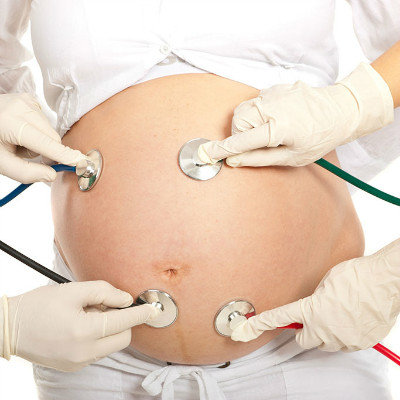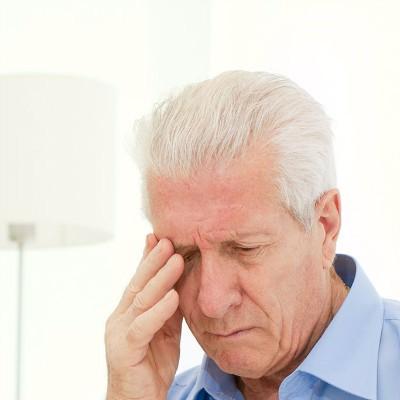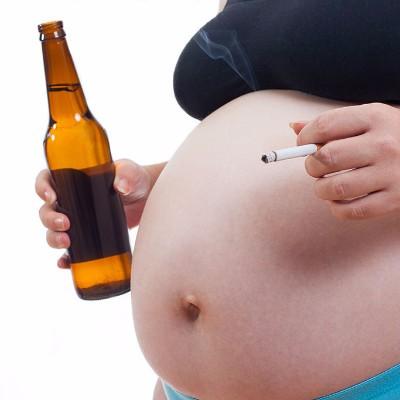Hemorrhagic shock?
summary
The shock caused by massive blood loss caused by trauma is called hemorrhagic shock. Hemorrhagic shock is a very dangerous disease, if not treated in time, then the result will be serious. Hemorrhagic shock? Now let me tell you something.
Hemorrhagic shock?
In the early stage of shock, the patient is conscious, but restless and may be anxious or excited. Pale complexion and skin. Lips and nail beds are slightly bluish. Cold sweat, cold and wet limbs. There may be nausea and vomiting. The heart is beating fast and the pulse is still strong. Systolic blood pressure may be low or close to normal, or high due to increased catecholamine secretion, but unstable; Diastolic blood pressure increases, so pulse pressure decreases. Urine volume also decreased.

The clinical manifestations in the middle stage of shock vary with the degree of shock. General moderate shock, in addition to the above-mentioned performance, consciousness is still clear, but weak, apathetic expression, slow response, fuzzy consciousness. The systolic blood pressure decreased to less than 10.6kpa (80mmHg), the pulse pressure was less than 2.7kPa (20mmhg), the superficial vein collapsed, thirsty, and the urine volume decreased to less than 20ml per hour. Severe shock, shortness of breath, can fall into a coma state, systolic blood pressure below 8KPa (60mmhg), even can not be measured, no urine.

Disseminated intravascular coagulation (DIC) and extensive organic damage of the heart occurred in the late stage of shock. The former causes bleeding, including skin, mucous membrane and visceral bleeding, while gastrointestinal bleeding and hematuria are more common; Adrenal hemorrhage can lead to acute adrenocortical failure; Pancreatic bleeding can lead to acute pancreatitis. Heart failure, acute respiratory failure, acute renal failure, brain dysfunction and acute liver failure may occur.

matters needing attention
We should pay attention to ensure enough rest and sleep time, avoid overwork, don't stay up late, which is helpful to the improvement of the disease, but also exercise every day to improve our resistance.











